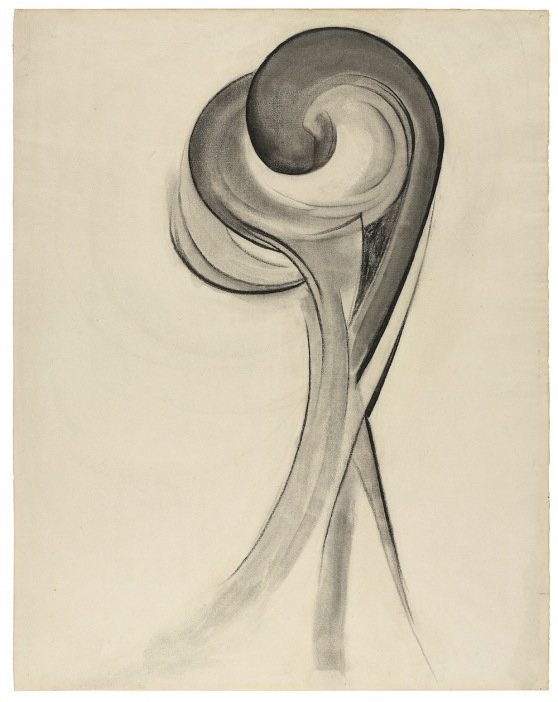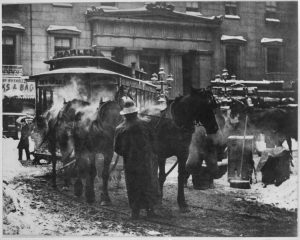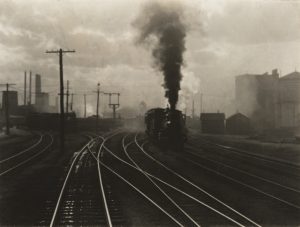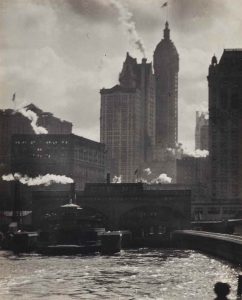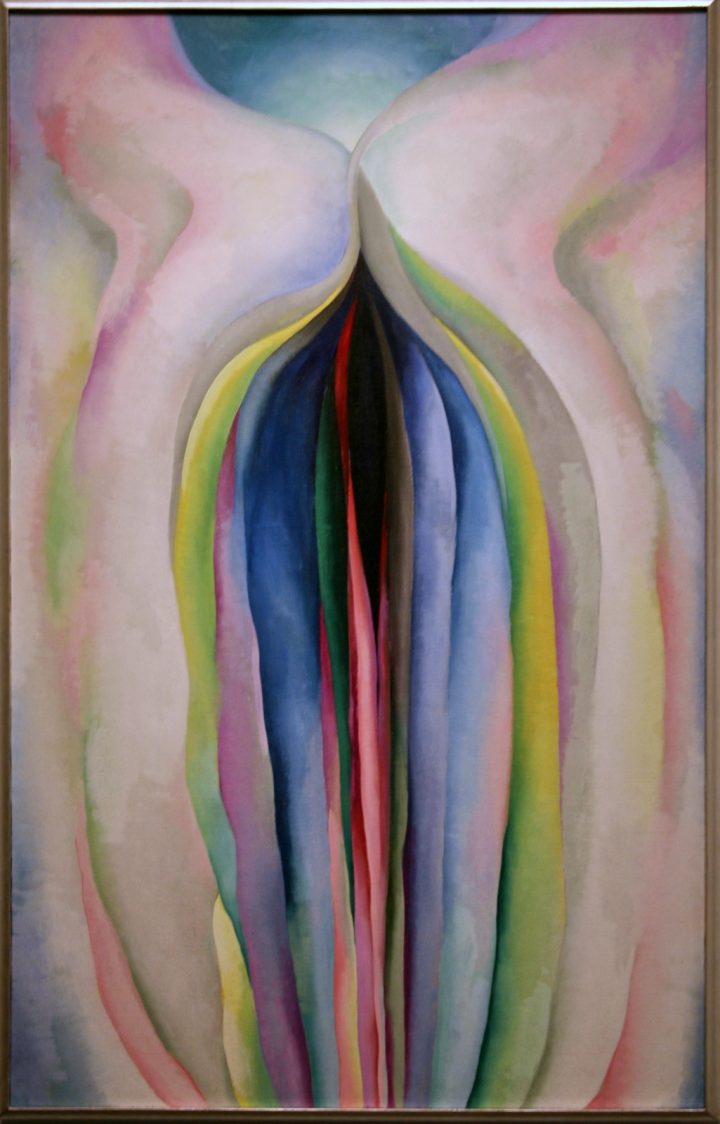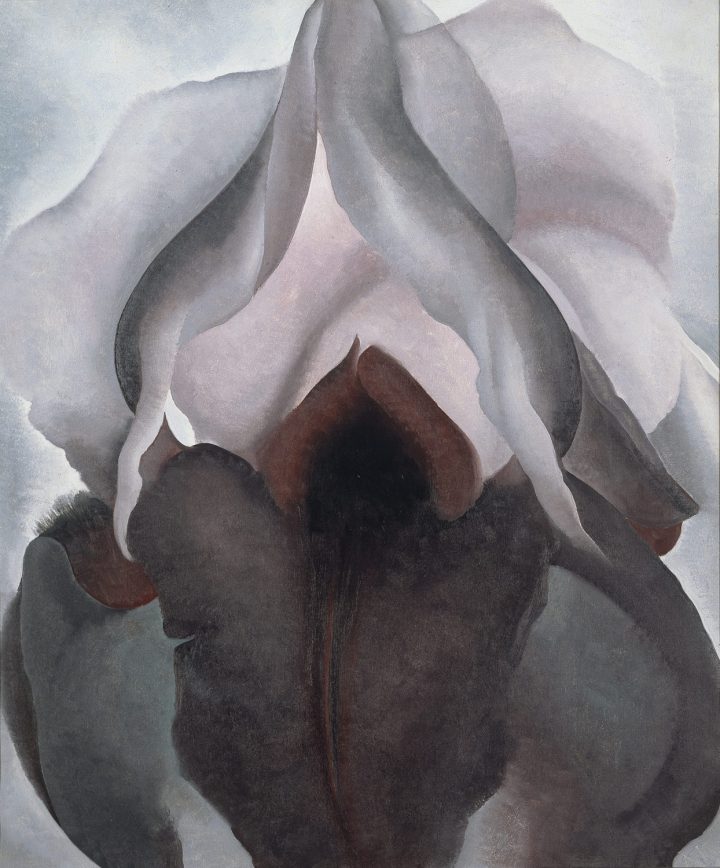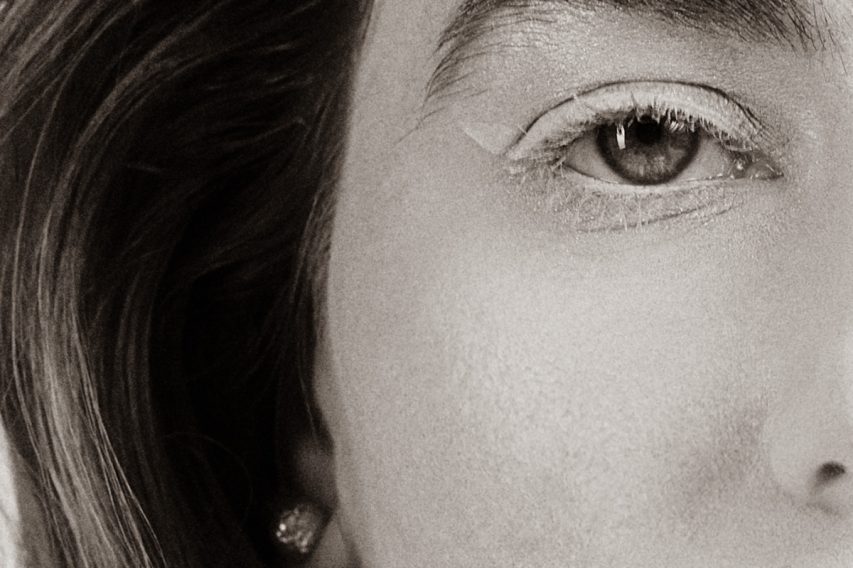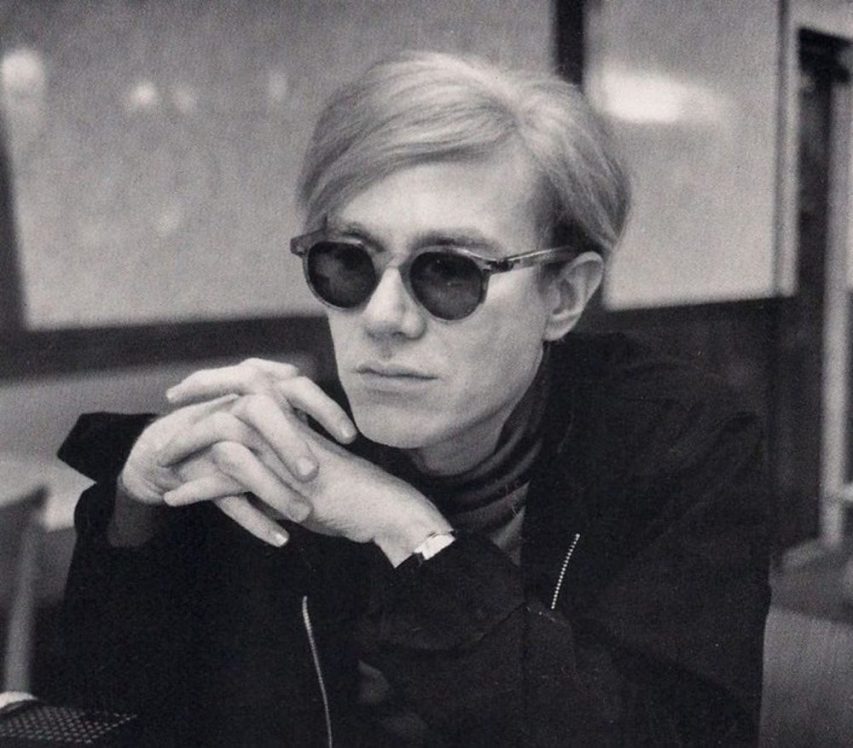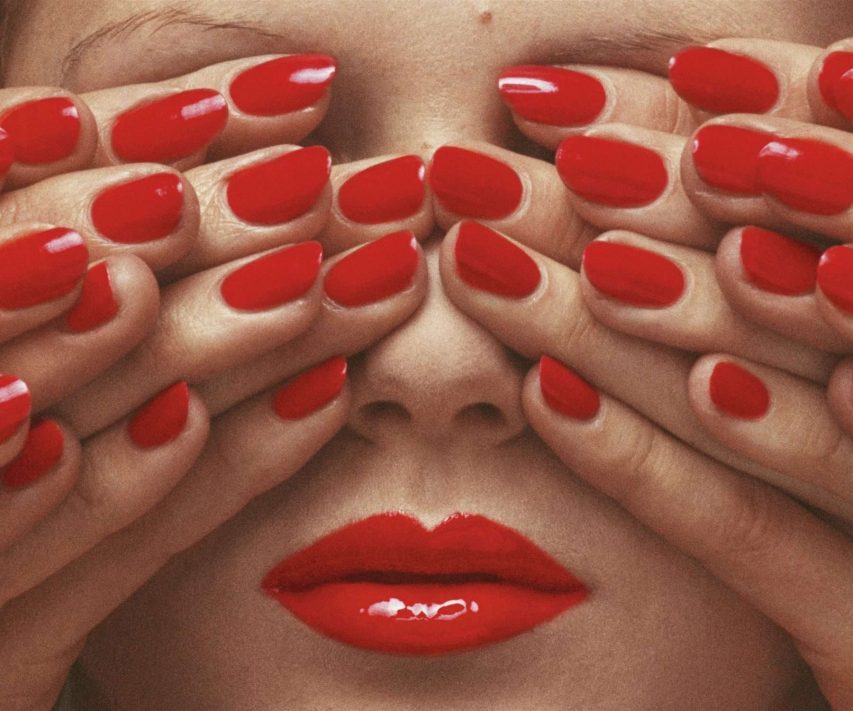Alfred Stieglitz
Modernist Photography
Born in Hoboken, New Jersey, Alfred Stieglitz (1864-1946) was the first son of German Jewish parents. One of photography’s pioneers, Alfred drove the art of photography into a new era of expression, in a time when this was stuck in the past and unwilling to change.
“Photography my passion, the search for truth, my obsession.”
During a family sojourn in Europe in the 1880s, Alfred got a camera and start taking photographs of landscapes and peasants in Germany, Italy and the Netherlands.

Alfred Stieglitz self-portrait, 1886
Alfred returned to New York with a love of bohemian culture and his mission became to put the medium on an equal plane with painting. His financial backing came from the family of his wife, Emmy Obermeyer, a brewer’s daughter, with whom he had a loveless marriage.
Stieglitz’s great pictures of New York, heavy with symbolism — “The Terminal”, “The Hand of Man”, “The City of Ambition” — marked him as a cultural force. He opened it at 291 Fifth Avenue in 1905, eight years before the Armory Show that’s usually cited as the introduction of modern art to the United States.
“In photography there is a reality so subtle that it becomes more real than reality.”
The small gallery “291” became a preeminent center for the exhibition of modern European and American artists. With the aide of advisors Steichen, Marius de Zayas, and Max Weber, who had connections with artists and galleries in France, 291 became the first venue in America to show Auguste Rodin and Henri Matisse (in 1908), Paul Cézanne (in 1910), and Pablo Picasso (in 1911)
His legacy continues to resonate today as his significant collection of works by American and European artists and photographers is strategically deposited in the following institutions throughout the United States: The Metropolitan Museum of Art, the Art Institute of Chicago, Fisk University, the National Gallery of Art, Yale University, Philadelphia Museum of Art, and the Museum of Fine Arts, Boston.
“When I photograph I make love.”

Alfred Stieglitz and Georgia O’Keeffe 1944

Georgia O’Keeffe 1920
The vivid colors and shapes in Georgia O’Keeffe’s paintings were unique and caught the attention of Alfred Stieglitz. Considered the ’Mother of American Modernism’, Georgia O’Keeffe studied art at both the Art Institute of Chicago and the Art Students League of New York. O’Keeffe was best known for her canvases depicting flowers, skyscrapers, animal skulls and southwestern landscapes.
Stieglitz, who was 23 years older than O’Keeffe, found in her a muse, taking over 300 photographs of her, including both portraits and nudes. As an art dealer, he championed her work and promoted her career. Alfred Stieglitz gave O’Keeffe her first gallery show in 1916, and the couple married in 1924. O’Keeffe moved to New Mexico after her husband’s death and was inspired by the landscape to create numerous well-known paintings.

